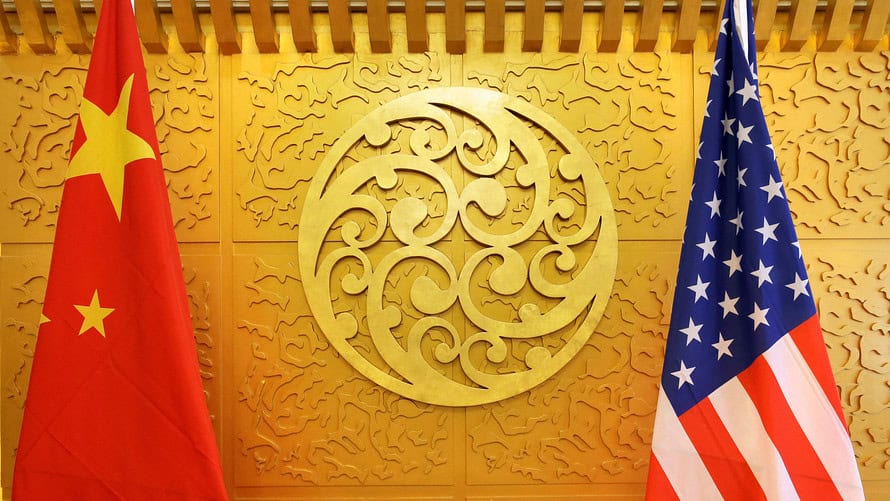
China hasn’t even said it accepts U.S.’s 3-month deadline
BUENOS AIRES — The trade truce between the U.S. and China calms their economic battle and opens a brief window for the two nations to explore whether they can bridge deep divides on a range of difficult disputes.
After a weekend dinner between President Donald Trump and Chinese President Xi Jinping at a Group of 20 summit here, the U.S. postponed its threat to increase tariffs on $200 billion in Chinese goods to 25% from 10%. But it set a timeline of about three months for the two sides to negotiate several issues that have proved largely intractable in the past.
Those issues include forced technology transfer by U.S. companies doing business in China; intellectual property protection that the U.S. wants China to strengthen; non-tariff barriers that impede U.S. access to Chinese markets; and cyberespionage. In a sign of the difficulty of the talks ahead, Chinese officials haven’t acknowledged they accept the U.S. negotiating agenda or any deadline for talks. Nor is it clear what accommodation on any or all of the issues would prove sufficient to hold off the U.S. from raising tariffs when its deadline expires.
There are also irritants in the relationship — such as China’s claims to, and construction on islands in, the South China Sea — which are high priorities for the Pentagon and U.S. national-security officials but which aren’t on the U.S. negotiating agenda and show little prospect of near-term resolution even if a trade deal is reached.


